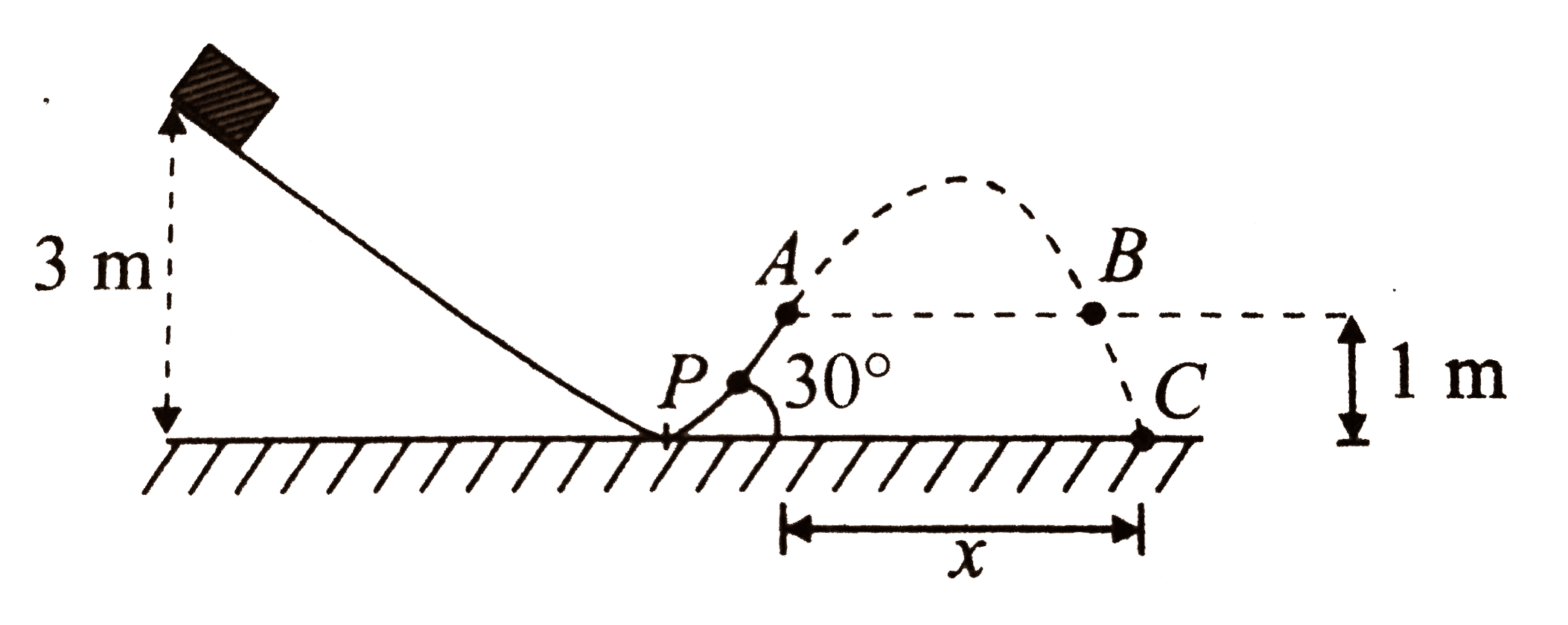A
B
C
D
Text Solution
Verified by Experts
The correct Answer is:
|
Topper's Solved these Questions
KINEMATICS-2
CENGAGE PHYSICS ENGLISH|Exercise Exercise Integer|9 VideosView PlaylistKINEMATICS-2
CENGAGE PHYSICS ENGLISH|Exercise Exercise Assertion - Reasoning|5 VideosView PlaylistKINEMATICS-1
CENGAGE PHYSICS ENGLISH|Exercise Integer|9 VideosView PlaylistKINETIC THEORY OF GASES
CENGAGE PHYSICS ENGLISH|Exercise Compression|2 VideosView Playlist
Similar Questions
Explore conceptually related problems
CENGAGE PHYSICS ENGLISH-KINEMATICS-2-Exercise Comprehension
- A car is moving towards south with a speed of 20 m s^(-1). A motorcycl...
08:49
|
Play - A man can swim at a speed of 3 km h^-1 in still water. He wants to cro...
02:23
|
Play - A man can swim at a speed of 3 km h^-1 in still water. He wants to cro...
03:50
|
Play - To a stationary man, rain appears to be falling at his back at an angl...
01:48
|
Play - To a stationary man, rain appears to be falling at his back at an angl...
01:48
|
Play - From a tower of height 40 m, two bodies are simultaneously projected h...
02:39
|
Play - From a tower of height 40 m, two bodies are simultaneously projected h...
03:53
|
Play - From a tower of height 40 m, two bodies are simultaneously projected h...
03:39
|
Play - A ball is thrown from a point in level with velocity u and at a horizo...
02:39
|
Play - A ball is thrown from a point in level with velocity u and at a horizo...
05:18
|
Play - A 0.098kg block slides down a frictionless track as shown in (Fig. 5.2...
02:02
|
Play - A 0.098-kg block slides down a frictionless track as shown in (Fig. 5....
02:02
|
Play - A 0.098-kg block slides down a frictionless track as shown in (Fig. 5....
04:11
|
Play - A 0.098-kg block slides down a frictionless track as shown in (Fig. 5....
04:55
|
Playing Now - A projectile is thrown with velocity v at an angle theta with the hori...
03:07
|
Play - A projectile is thrown with velocity v at an angle theta with the hori...
02:44
|
Play - A body is thrown at an angle theta0 with the horizontal such that it a...
03:36
|
Play - A particle is projected with a speed u at angle theta with the horizon...
02:08
|
Play - What is the radius of curvature of the parabola traced out by the proj...
04:44
|
Play - A particle is projected with a speed u at an angle theta to the horizo...
07:12
|
Play
 .
.